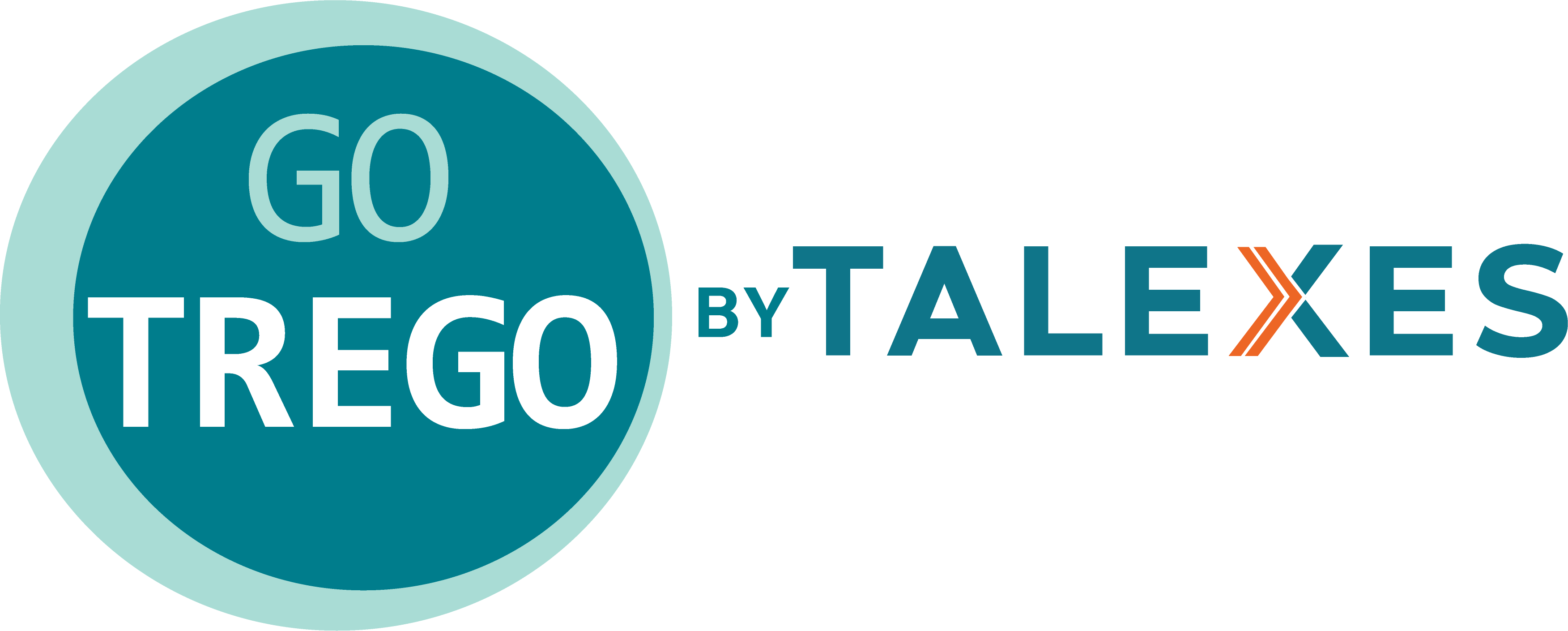In a fast-moving industry like automotive—where innovation, performance, and adaptability are key—developing the next generation of leaders is more than a strategy; it’s a necessity. From dealership floors to design studios and production lines, the ability to identify high-potential employees early and nurture their growth can set a company miles ahead of the competition.
The reality is, many future leaders are already on your team. They may not carry a title or lead a department (yet), but they demonstrate traits that, with the right support, can evolve into strong, values-driven leadership. The challenge is knowing who they are—and that’s where assessments come in.
When used thoughtfully, assessments go beyond what’s visible in a résumé or performance review. They reveal leadership potential, decision-making style, emotional intelligence, and growth mindset—critical components for any leadership role. Here’s how companies in the auto industry can use assessments to build a pipeline of leaders and invest in meaningful employee development from day one.
- Spotting Leadership Potential Beyond the Surface
In the high-paced world of automotive sales and manufacturing, it’s easy to overlook rising talent that hasn’t yet stepped into the spotlight. But leadership isn’t always loud. Assessments can uncover hidden strengths like initiative, resilience, and integrity—traits that often predict leadership ability better than tenure or job performance alone.
- Assessing for Adaptability and Learning Agility
Change is constant in the automotive world, from tech advancements to shifts in consumer behavior. That’s why leaders need to be quick learners and agile thinkers. Assessments focused on adaptability and continuous learning help identify those who not only embrace change but drive it—perfect candidates for future roles in management, R&D, or operations leadership.
- Evaluating Decision-Making Under Pressure
From handling warranty issues to managing supply chain delays, leadership in the auto sector often means making smart, swift decisions. Simulated scenarios and cognitive assessments can show how employees approach complex problems and how they perform when the pressure’s on—valuable insight into their readiness for high-stakes leadership roles.
- Measuring Emotional Intelligence and Team Impact
Strong leaders connect with their teams, motivate others, and create a culture of trust. Through personality and behavioral assessments, auto companies can better understand an employee’s emotional intelligence—traits like empathy, self-regulation, and effective communication—which are just as crucial in a service advisor as they are in a plant manager.
- Moving Beyond Experience to True Leadership Readiness
Leadership isn’t just about who’s been there the longest or who speaks the loudest in meetings. Assessments allow companies to evaluate potential instead of just past experience, giving junior employees or under-the-radar team members the opportunity to shine. This approach opens the door to diverse leadership that better reflects today’s workforce.
- Crafting Personalized Development Plans
Once potential leaders are identified, assessments offer data-driven insights into how best to support their growth. Instead of using a one-size-fits-all leadership program, auto companies can create customized learning tracks tailored to an individual’s strengths and areas for improvement—whether it’s strategic thinking, conflict resolution, or team leadership.
- Removing Bias from Leadership Selection
Unconscious bias can skew perceptions of who’s “leadership material.” Assessments introduce objective metrics into the decision-making process, leveling the playing field for all employees. This helps auto companies build a leadership team based on potential and performance—not politics or outdated assumptions.
- Tracking Development Over Time
Leadership is a journey, not a checkbox. When assessments are used at multiple stages in an employee’s career, they create a roadmap of progress—showing how individuals are growing and when they may be ready to take on new responsibilities. This ongoing view ensures no one slips through the cracks and that development is intentional, not reactive.
- Building a Leadership Bench Before You Need It
Waiting for a vacancy to identify future leaders is like waiting until a part breaks before you stock the replacement. Smart auto companies embed leadership assessments into their talent strategy early, building a proactive pipeline that’s ready when needed. This creates continuity, strengthens succession planning, and reduces disruption during transitions.
Conclusion: From Talent to Leadership—Driven by Data, Guided by People
The future of leadership in the auto industry won’t just depend on technical knowledge or years of experience—it will depend on mindset, adaptability, and the ability to inspire others. By integrating smart, human-centered assessments into your talent strategy, you gain a clear view of who’s ready to grow—and how to help them thrive.
It’s time to think beyond job titles and focus on employee development that starts before someone’s even given the reins. When you invest in identifying and growing future leaders today, you’re not just filling roles—you’re future-proofing your business and building a stronger, more agile company for the road ahead.





